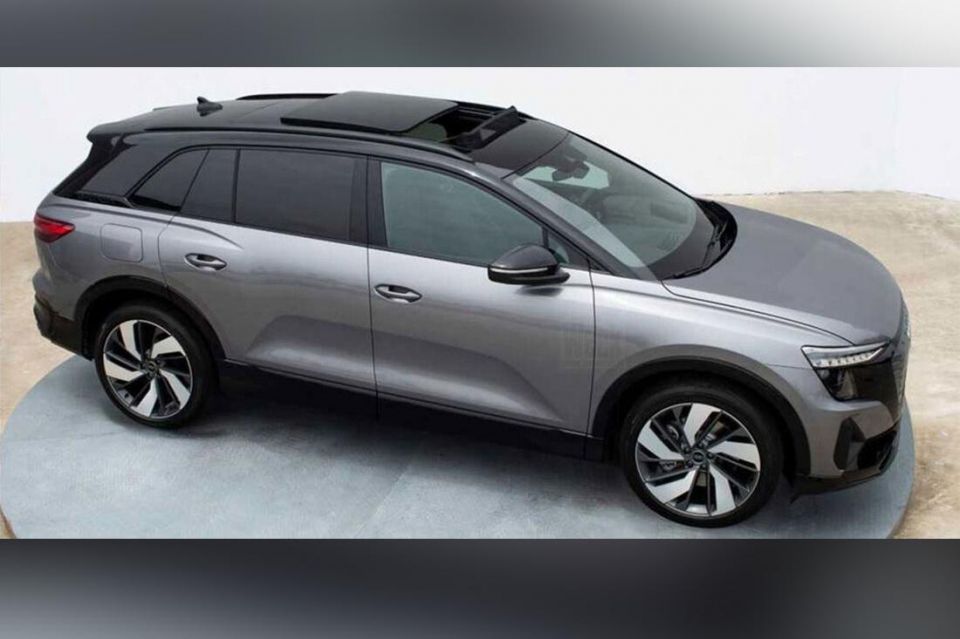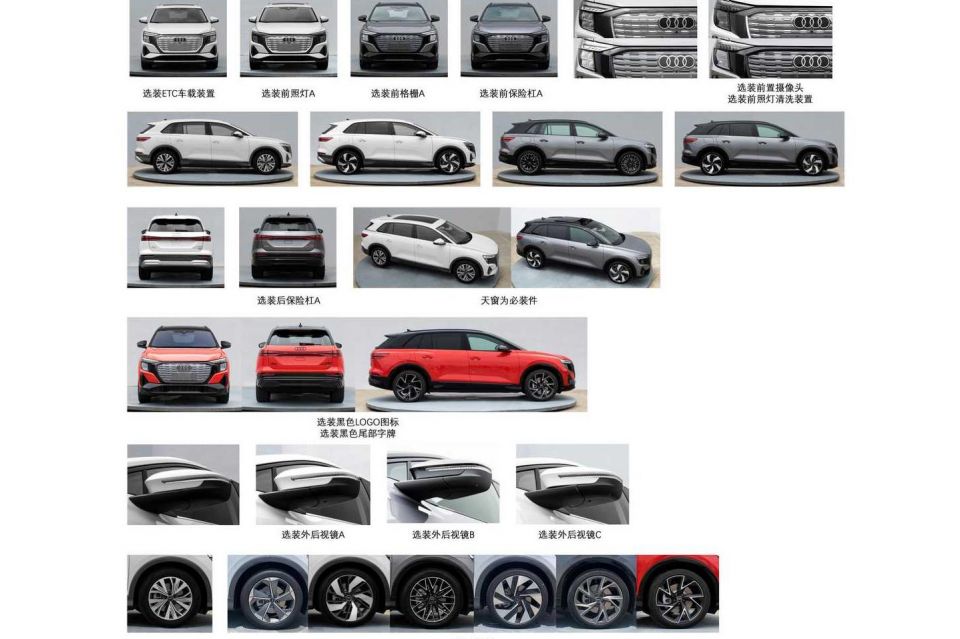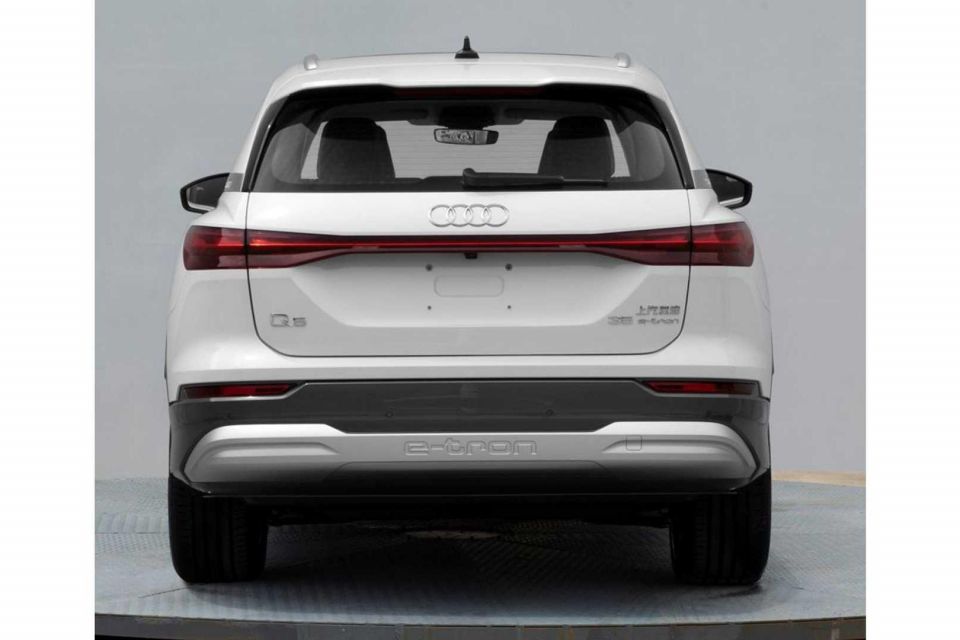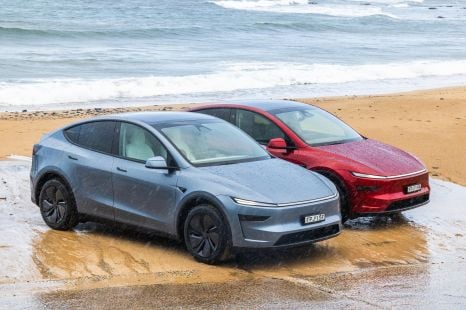

Max Davies
2026 GWM Cannon Ultra review
6 Days Ago

News Editor
Images of the next electric Audi have been leaked ahead of its reveal, courtesy of China’s Ministry of Industry and Information Technology website.
The 2022 Audi Q5 e-tron is expected to be a China-only model, and was first previewed by the Shanghai Concept earlier in 2021.
It’ll be available in single-motor 35 and 40 and dual-motor 50 quattro variants.
The base, rear-wheel drive 35 will produce either 132kW, with the 40 bumping that up to 150kW.
The all-wheel drive 50 quattro will put out 230kW of power and weighs 2410kg.
All models use an 82kWh battery.

The Volkswagen ID.6, revealed earlier in 2021 as a China-only model, uses the same powertrains and has 0-100km/h times ranging from 9.3 to 6.6 seconds.
The Q5 e-tron rides a 2965mm wheelbase and is 4.87m long overall. Both measurements are identical to those of the Volkswagen ID.6.
That suggests the Q5 e-tron rides the Volkswagen Group’s MEB platform, along with the smaller Q4 e-tron that’s expected to arrive in Australia in 2022.
Audi is set to introduce a Q6 e-tron on the new Premium Platform Electric (PPE) it’s co-developed with Porsche, and this is expected to be a global model like its Porsche Macan EV cousin.

The overall look of the Q5 e-tron doesn’t come as a huge surprise as the Shanghai Concept was effectively production-spec, just finished with a lurid, patterned wrap.
There’ll be a variety of wheel designs available, ranging from 19- to 21-inch alloys, plus a sporty black exterior package.
The styling is uncontroversial in classic Audi fashion. There’s more than a hint of Audi’s existing e-tron in the design, though the headlights are quite a departure.

The Q5 e-tron isn’t the only Audi model developed specifically for China.
Revealed earlier in 2021, the A7L is a version of the A7 that swaps the liftback for a more conventional notchback sedan body style.
Audi also offers longer-wheelbase versions of various models there, including the Q2 and Q5.
The Ingolstadt marque is one of the more established Western players in China, having entered the market in 1988 with a version of its 100 sedan assembled by First Automobile Works.
Where expert car reviews meet expert car buying – CarExpert gives you trusted advice, personalised service and real savings on your next new car.
William Stopford is an automotive journalist based in Brisbane, Australia. William is a Business/Journalism graduate from the Queensland University of Technology who loves to travel, briefly lived in the US, and has a particular interest in the American car industry.


Max Davies
6 Days Ago


Josh Nevett
4 Days Ago


Max Davies
4 Days Ago


Max Davies
3 Days Ago


Neil Briscoe
2 Days Ago


William Stopford
1 Day Ago